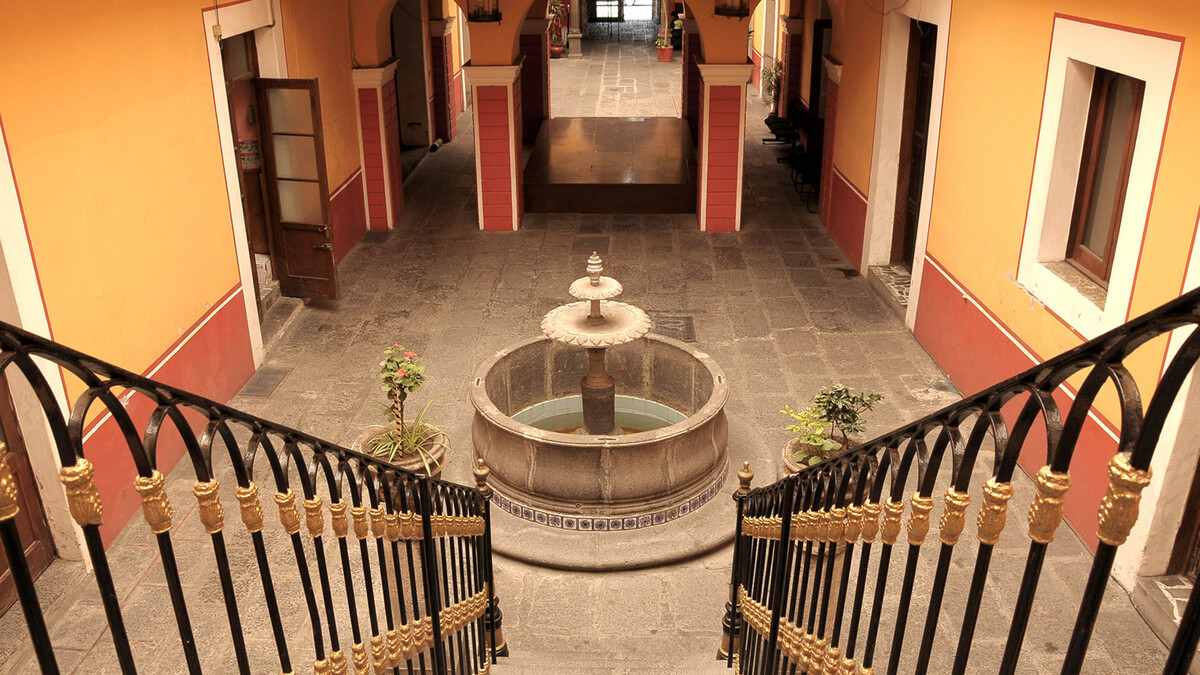Madrid, 3 (European press)
Using an exceptionally well-preserved fossil, scientists have created the latest scientific reconstruction of an ichthyosaur currently available.
Lizardfish, or ichthyosaurs, were a very successful group of animals that, like today’s whales, migrated from land to oceans, where they thrived for about 160 million years. These dolphin-like reptiles lived from the early Triassic to the late Cretaceous period, around the same time that dinosaurs ruled the Earth.
Fish lizards have maintained a diet of turtles and octopuses, among others, and have left a rich fossil record. This consists mainly of bones and teeth, but the recent discovery of soft tissues, such as skin, muscle, fat and pigment, has opened new opportunities for understanding the biology and ecology of these animals.
In a new study published in Earth-Science Reviews, a group of geologists from Lund University have analyzed current research on lizardfish, something that will benefit paleontologists in the future.
This research history stretches back 300 years. Notably, the term ichthyosaur was coined in 1814, nearly 30 years before the term dinosaur,” says Mats E. Ericsson, professor of palaeontology at Lund University, in a statement.
Drawing on the world’s collective knowledge of these primitive animals, as well as hard and soft fossil parts, the researchers enlisted the help of a Danish sculpture company 10 tons to create a scientifically correct life-size reconstruction.
“Our reference point was a lizard fish found in Holzmadden, Germany. This fossil was previously the subject of an extensive study on the biology and color of lizard fish, which I did with Mats and several other colleagues, and was published in Nature,” he explains. Johann Lindgren, a geological researcher at Lund University. .
A variety of techniques were used in the work, including clay sculpting and 3D printing, something that took just over a year to complete. The sculpture initiative, which can be implemented with the support of the Crawford Foundation, aims to reflect the current state of research. The statue is now on display to the public at the Department of Geology in Lund.
“Our reconstruction is the most scientifically up-to-date explanation and we hope it is correct for what these animals looked like. It will be useful for students and researchers who want to learn more about the famous lizard fish,” concludes Mats E. Erickson.

:quality(70)/cloudfront-us-east-1.images.arcpublishing.com/metroworldnews/EXNFMPEE4ZB7RMCQ6LORH4TOE4.jpg)

:quality(85)/cloudfront-us-east-1.images.arcpublishing.com/infobae/JVEG643FOJGGJFSNY3RS7DZM4I.jpg)

